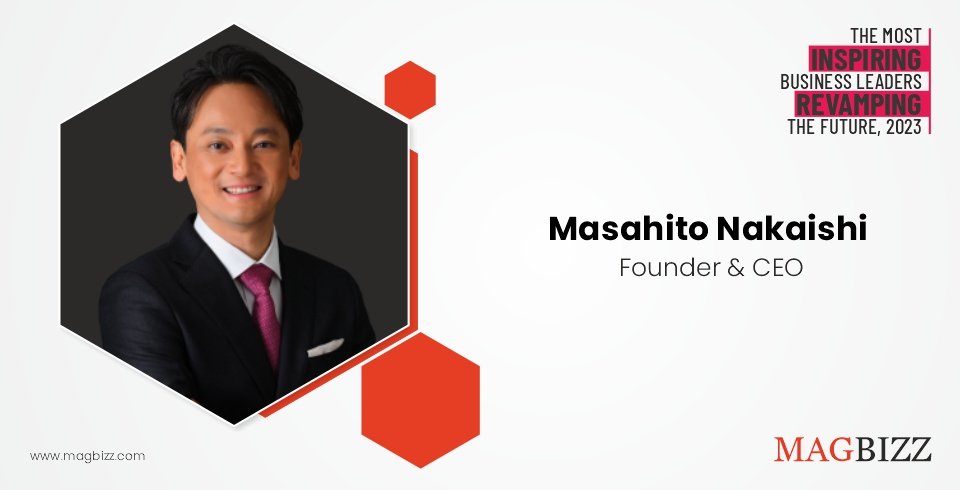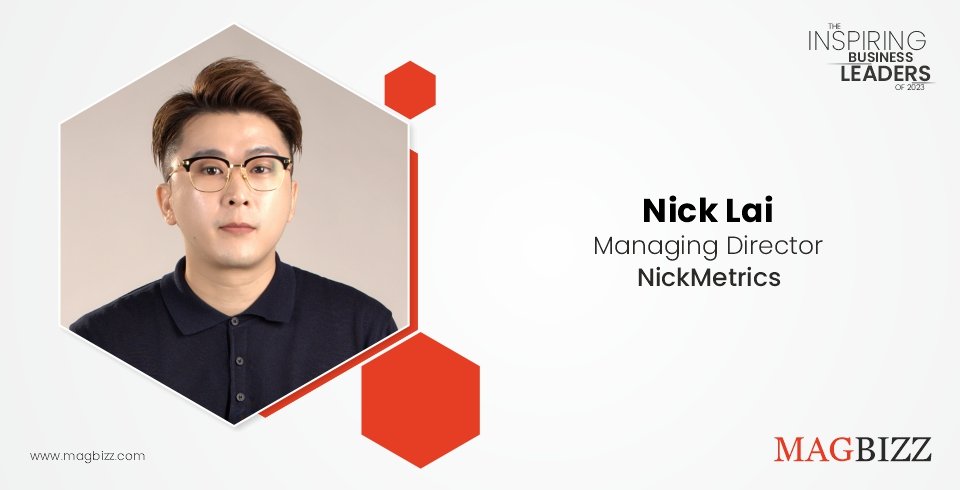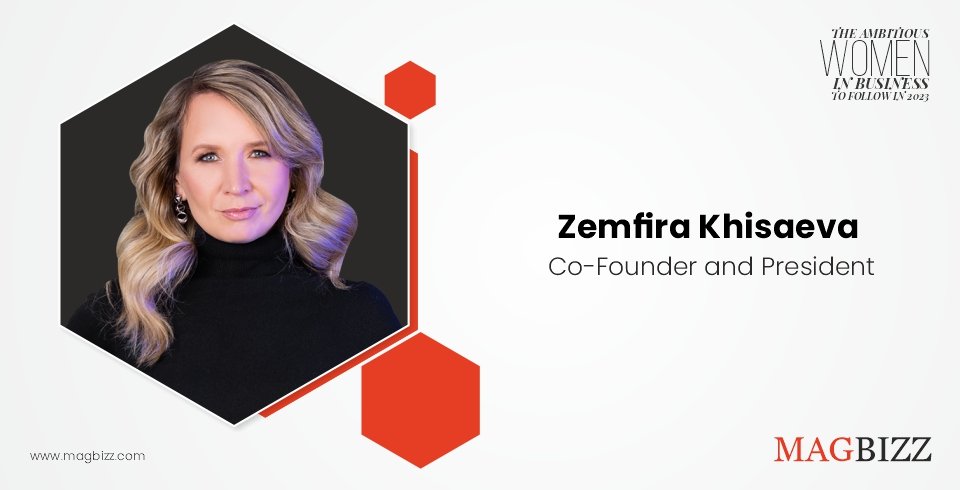“Of all the waste we generate, plastic bags are perhaps the greatest symbol of our throwaway society. They are used, then forgotten, and they leave a terrible legacy.” – Zac Goldsmith
Post-Industrial revolution and boom, industries have become the backbone of our society and lifestyle. Everything we use has to be manufactured somewhere, right? Be it on a large scale or smaller. Back in 1760, when the then elites and workers brought in this Industrial revolution, they probably weren’t worried about factors like a plastic footprint or water contamination. But oh the manufacturers of today are (or should be) worried.
Drying Up The Plastic Footprint
The importance of reducing plastic pollution has increased in recent years due to the expanding global plastic footprint. Biomass and biodegradable polymers have been produced unsuccessfully by several industries, including chemical, food, and paper manufacturing, primarily due to high manufacturing costs.
Growing efforts have been made in recent years to increase public awareness of plastic pollution on the planet. Concerned individuals, scientists, environmentalists, and eco-warriors continue to raise awareness about plastic pollution. People like them are inspirations to adjust our lives and eventually live without plastic through their words.
One of these brilliant minds is Masahito NAKAISHI. As the Founder and CEO of Glencal Technology Co. Ltd, he recognized and decided to work towards this cause and create a unique technology that contributes to sustainable development through various renewable biomass source projects like RedoxMaster®.
Joining the League of Eco-Heroes
Masahito NAKAISHI always had a strong yearning to go and study abroad. As a science major in high school, he had a keen interest in physics specifically. That interest was like fuel for him to get hired as a Derivatives trader. He believes this strong curiosity for natural sciences is what pushed him to explore his current business at Glencal Technology.
He went on to work in a quite different field- Banking. Spent about 7 years at HSBC Tokyo as an interest rate off-balance and derivatives products trader, he met the company’s future Co-Founder and Director Ms. Masumi Maeno.
After having that feather in his hat, he worked as a private banker while also working on starting his own business. Understanding the vast and ever-changing business field takes years and years of dedication, knowledge, and understanding.
“This career has been also very helpful in my current job when making contracts and
formulating capital policies. The high-end domestic and international networks I developed
during my private banker days have also been very beneficial for the development of my
current business.”
Finding The Inspiration
When they first established the company, it was called “Glencal” after the US Scientist Dr. Glenn Theodore Seaborg, in 2002. The company’s prime focus has always been nuclear and quantum fields. The company utilizes these two of its focuses in projects and present and future endeavors. Their first project was related to heavy particle beam therapy for cancer treatment with Toyota and Nagoya University.
Glencal Technology Co. Ltd had its first encounter in the environmental industry after investing in a company that specialized in power transmission and reception voltage optimizing technology. This was just the beginning for them as they made their way by exploring different directions of the field and investing in food waste management and recycling technology.
However, the system they experimented with was poor, they started working with bacteria for degrading waste.
Flipping through the years, it was in 2009 when the company got interested in the phenomenon that hydrogen atoms covalently bonded to atoms with high electronegativity such as OH (including H2O) and NH make hydrogen bond noncovalently.
Based on this, their current technologies evolved from studies conducted on nuclear physics and elementary particle physics.
Studies and Studying
Mr. Nakaishi’s friends helped evolve technologies through various studies. These studies were a constant process of trial and error as they constantly looped between assumption and experiment. One of them was that there might be a highly efficient drying technology using lesser to no heat and wind.
“It can be said that rather than sticking to the ordinary idea of the substance “water”; from a chemical point of view, we have attempted to find and control certain reaction patterns by redefining the nature of water based on the particle-level properties of electrons.”
Many summers, suns, and experiments later in 2013, Mr. Nakaishi and Ms. Masumi Maeno established Glencal Technology Co. Ltd. They had an experimental ion engine, a small reactor, and an (almost complete) dryer in hand, and they aimed to commercialize this technology.
A Dig Into RedoxMaster
Glencal Technology Co., Ltd. created the ground-breaking drying technology known as RedoxMaster®. It is a brand-new, non-conventional drying method that can dry organic materials quickly (several hours to a day), at low temperatures (20°C to less than 100°C), and at an overwhelmingly low cost (roughly one-third to one-twentieth) compared to traditional methods. It also significantly reduces carbon dioxide emissions (roughly 40% to 80% fewer CO2 emissions).
Only up to 85% of the moisture content can be dried using a conventional centrifuge drying technique. In terms of moisture content, decompression (vacuum) dryers can also produce outcomes that are comparable to those of the RedoxMasterd®. These systems also produce a lot of carbon dioxide, which is particularly troublesome from the perspective of ESG management, and have extremely high installation and operating expenses, which sometimes make it difficult to introduce them.
The amount of heat required to boil and evaporate 1 g of water at a water temperature of 25°C is approximately 2.5 kilojoules. In addition, about 2.28 kilojoules of energy are required to
evaporate 1 g of water at a water temperature of 25 °C.
In contrast, a few types of MIRA engines (we have nearly 100 different types of engines for different uses) at their optimum condition can remove 1g of water at a temperature of 25 ℃ with only 17∼25 Joules (in other words, less than 1/100 of the conventional energy consumption).
RedoxMaster at Work
Since electricity is also needed to power the equipment’s motors, blowers, etc. during actual use, the RedoxMaster® machine’s results will differ from those obtained in bench tests, but they will still be between one-third and one-twentieth of those obtained with conventional methods.
To dry the target material, CO2 emissions can be decreased by 40% to 80%, and operating expenses can be decreased by 30% to over 90%. (*CO2 emissions and operating expenses increase or decrease depending on the target’s moisture content following treatment, as well as the type and characteristics of the treated organic material.)
When the temperature of the treated material or the outside temperature is low, utilizing an auxiliary heat source like a small boiler might help the treatment go more smoothly. Ideally, the temperature in the tank of the RedoxMaster® should be kept above 20°C during treatment.
The RedoxMaster is custom-built and installed at customers’ factories. The company develops products according to customer requirement and deem communication important at every step from discussion to installation.
World Events and Business
When the United Nations adopted the Sustainable Development Goals in 2015, it was like a bonus for the 2013-established company. The UN adopting SDGs means everyone all over being aware, being more environmentally conscious, took steps towards those goals. ESG (Environmental, Social, Governance) management has become essential for companies to be evaluated by investors, and companies will be removed from the supply chain if they do not manage their operations in an environmentally conscious manner.
The company is currently in the works of expanding and hiring new people on its team. Focusing on its drying technology in the form of RedoxMaster®, they aim towards applying that technology in various projects.
Facing Challenges
Amidst the recent COVID-19 outbreak and the Ukraine War in 2022, the world has become scarce in resources. As a consequence, prices are higher than ever for fuel, food, feed, and fertilizer. This has resulted in something great for the company. The company recently started upcycling its waste during production.
It is more important than ever to recycle waste materials and turn them into useful goods. Demand for feed and fertilizer which are upcycled by RedoxMaster® from food waste is surpassing supply, particularly in Japan where self-sufficiency in food and fertilizer is low.
The Workspace Scenes
Mr. Nakeshi and Ms. Maeno believe that for a venture business to grow and provide good products and services to society, it is necessary to build a good team. The team consists of people who share the same mission and goals. They are very particular about who they welcome to the team and choose personnel with high skills, rich experience, and most importantly, a good heart.
“The members of GLT work with a sense of purpose to contribute to society by introducing the innovative RedoxMaster® technology to the world. If we do not lose sight of that mission, our team will never lose motivation.”
Future Goals and Plans
The company plans on developing RedoxMaster® more. As plasma-based technology can be applied in a variety of ways, they are currently working towards making RedoxMaster® reach more people, fields, and industries.
There are several areas in that list including the pharmaceutical field where the company plans to primarily dry crude drugs used as raw materials; also drying treatment of cosmetic raw materials.
Another one is the Production of water. Since a large amount of water is generated during these treatments process, therefore, it is possible to use the RedoxMaster® as a water production (capturing) device in areas where water shortage is a problem.
Increase the success rate of artificial insemination by refining water clusters: It can increase the success rate of artificial insemination. By refining ice blocks when cryopreserving cells, the damage to cells can be lessened, consequently, the success rate of artificial insemination increases.








